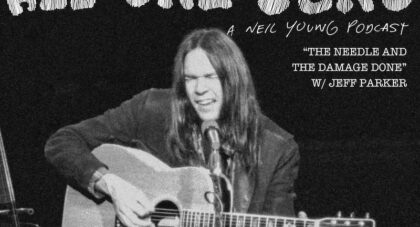We recently caught up with singer-songwriter Ruth Garbus to delve deeper into the gorgeous, greyscale world she spins on her new lp, Kleinmeister. Garbus’ hyper-specific lyrics are rendered timeless when delivered in her expressive mezzo-soprano and supported by the thrum of her signature rhythm guitar playing. This latest record highlights these two forces at their most bare, and draws upon a diverse array of influences . . .
Only the good shit. Aquarium Drunkard is powered by its patrons. Keep the servers humming and help us continue doing it by pledging your support.
To continue reading, become a member or log in.


